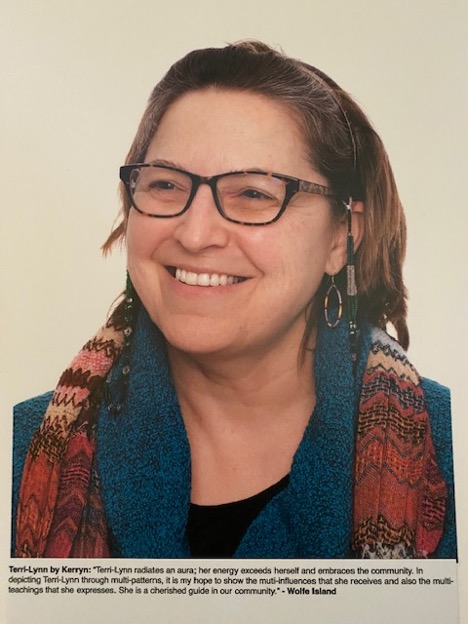
Let us start first with: What is culture, Culture?
* Clarification on spelling: In my upcoming text, you will notice the use of small ‘c’s and ‘a’s for culture and arts, as well as capital ‘C’s and ‘A’s for the same words. I shift between these title cases because I think of culture and art as individual products, productions, tangible items in the hand or minds-eye. I capitalize these terms when referring to the industry as an economic, political, and social sector having broader impacts and influences on our lives.
I would suggest that for the past millennia, the idea of culture has been synonymously exchanged with theArts such as that which happens on stages or showcased on the walls of galleries. Elements of culture are also equated with items deemed of historical significance and more commonly referred to as ‘artifacts/artefacts’. Now as someone who is at odds with using the words ‘history’ and ‘artifacts’ (stories for another day) in average conversation, I prefer to supplant these elements under the term heritage; human-made memories housed in museums or described along cobblestone walking tours. Indeed, it is, I would argue, primarily assumed by centuries of societies that Culture (the industry) is entirely made up of these arts/heritage spaces/offerings, inclusive of the opera, symphony, the ballet and/or national exhibitions, sculpture gardens, archaeological treasures, and Old Town folklore, to name but a few.
Over the last generation however, the definition of culture has expanded, and rightly so, to include the likes of languages, graffiti, culinary cuisines, affordable fashion and accessories again just to name a few.Computer technology of the last two decades has further elevated cultural offerings with social media promoting a wide range and diversity of musical genres, gaming and into real time knowledge acquisition which has morphed into dash-cam sing-alongs and Tik Tok videos. For better or worse, in good taste and in bad, culture/Culture is now a catchall term for many, many things.
Our global society has delivered, at least acrossWestern-colonial landscapes, choice upon choice of products, experiences, and paths of cultural acquisition. I would estimate that it is safe to say that never before in history has a generation been so bombarded with options for acquiring, experiencing, tasting, seeing, and feeling cultural deliverables 24hours a day, 7 days a week. Nor has there ever been a time in history when global society has sought for such cultural opportunities. For when one truly evaluates all of the modern aspects that we call culture/Culture in our lives, we do not end up with just simply a product, purchase or presentation. But rather culture/Culture is an expression of how we feel. Culture pulls at our emotions and leaves us with an experience to talk about. Cultural opportunities are in the 21st century the primary motivators behind the choices we make. Culture in essence defines our Quality of Life.
In 2018, ‘19 and ’20, I participated in an exciting multi-community project call Wind Stories with the Toronto based ArtsTeam of Jamii Esplande WindStories | Jamii Esplanade. It was inspiring and fun and allowed me to work with my own community as well as those in the Esplanade region of downtownToronto. One element of the project was to have my picture accompany my personal journey through poignant moments in my life. My life is one full of much privilege. I consider my parents as the most amazing role-models. I am reminded to remain humble in all I do, as well as to choose love over hate, acceptance over resentment, even when my emotions or pride get the better of me.I learned to build a healthy relationship with my environment, my true friends, the canines in my care, an incredible life partner, and most importantly myself. It has been a whirlwind, and I’m continuing to learn. Throughout it all, my quality of life in cultural influences and motivations has served me well, and if I may be so bold, saved my life on numerous occasions.

And so, here is my head shot for the WindStories project. How I place my hair, my clothes, my glasses and associated glasses chain, everything that presents us to the outside world is a reflection of a societies culture. (If you’ve lived or visited any of the Indigenous communities across Africa or South America, let alone the countries of South orWest Asia, I think you can agree with this statement).

Followed by the visual adaptation of my image which the artist Kerryn Graham applied as she listened to my story and its patchwork of many colours, twists and turns. Aesthetically it may be a bit disjointed, but so was the work of Picasso when it was first revealed to the world. Would you say that this is a cultural product? How does culture affect your quality of life?
Until next time...

.jpg)
.jpg)



